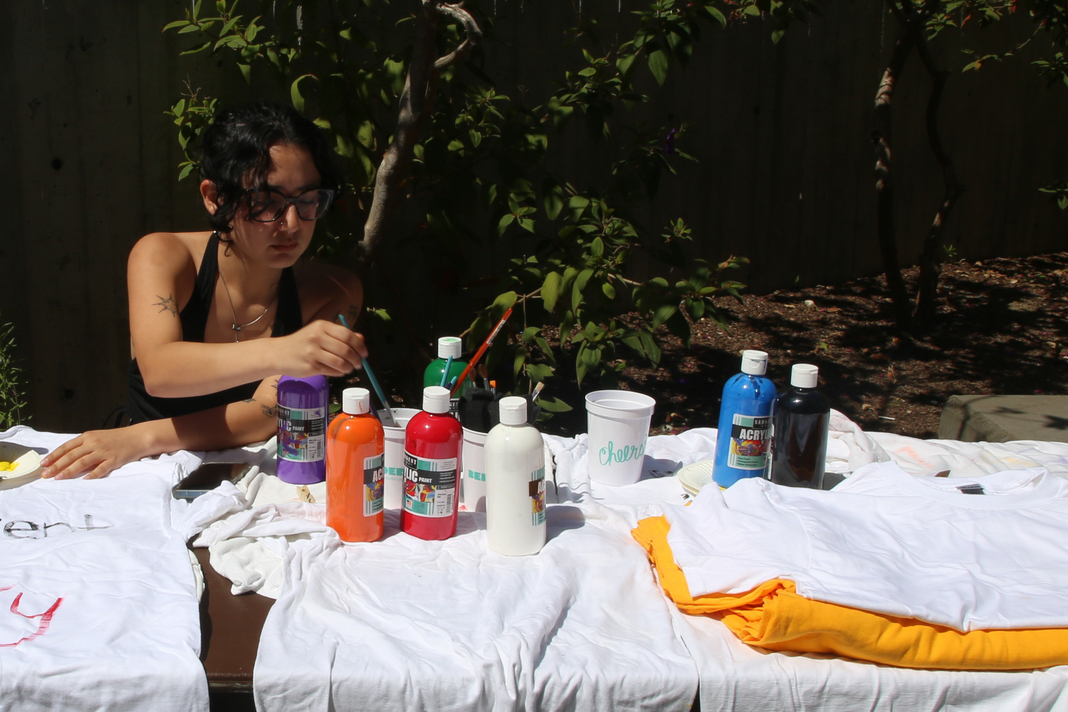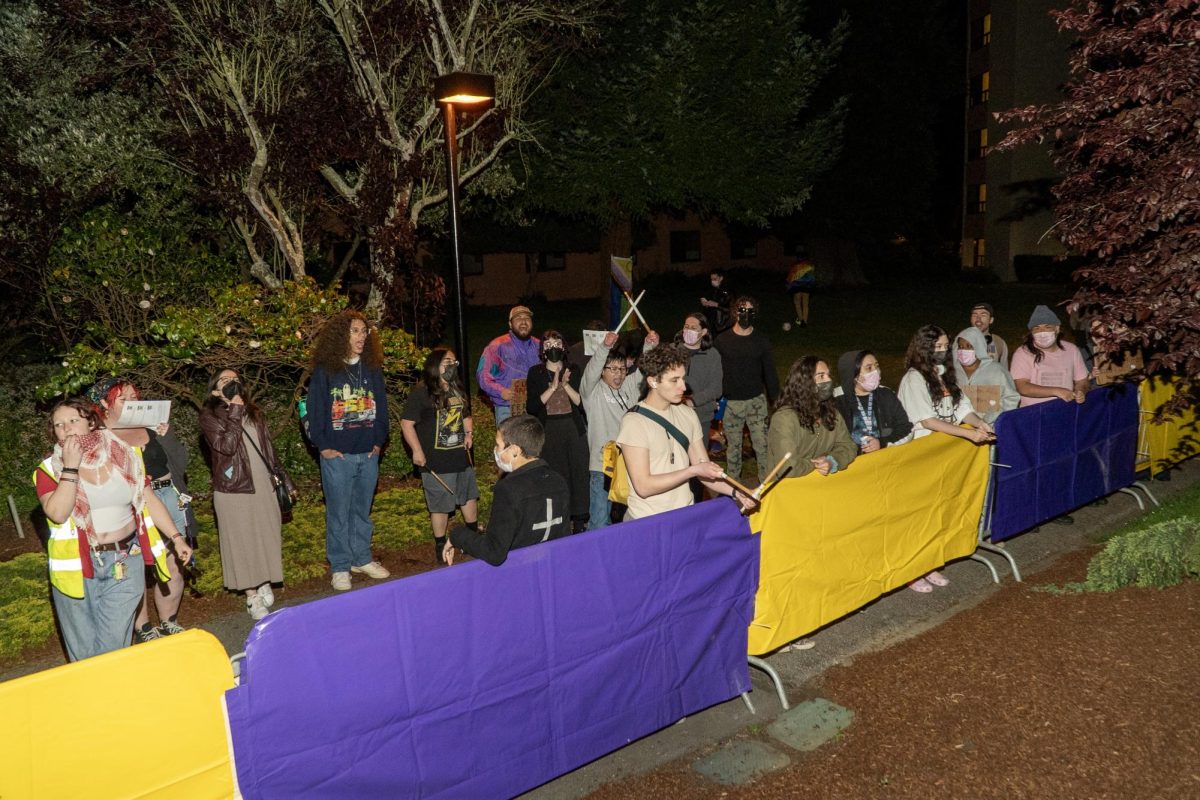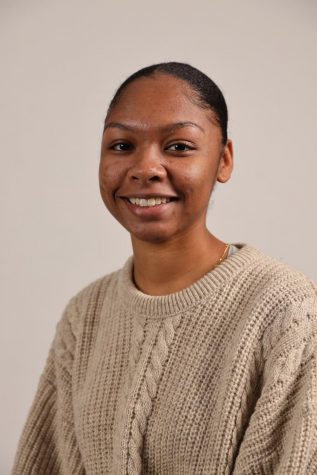Census data shows young adults are notorious for low voter turnout, but despite this trend, SF State students still came out to the on-campus polling place at Towers to cast their vote Nov. 5 for the ballot measures that mattered to them most.
The hot button issue for the San Francisco election was Prop C, lifting the citywide vape ban. According to a study by Monitoring the Future, the increase in college students using electronic cigarettes from 2017 to 2018 was one of the greatest increases of any substance use in the last 40 years.
All of the propositions on the ballot passed except Prop C, which was rejected by 81.82% of voters, according to the Department of Elections.
Third-year student Emma Neu voted on campus at Towers on election day. She said the main reason she decided to vote was for Prop C, calling juuls an epidemic.
“It’s very easy, very seamless, very private,” Neu said of the voting process. “I feel like it’s very chill, no pressure.”
Kim Daugherty worked at the polling station at the fire department by UPN on election day, originally starting 27 years ago as a paralegal intern when she was a student at SF State.
According to Daughtery, poll workers can’t vote at the station they work, so she cast an absentee ballot prior to election day. She also said Prop C was the most important issue on the ballot for her. According to the New York Times, as of September, there were over 450 cases of lung illnesses linked to vaping, as well as five deaths.
“Most of my nephews and my sons smoke that stuff,” Daugherty said. “It’s creating a lot of problems for a lot of people.”
Several first-time voters cast their ballots at the on-campus polling stations. This election was third-year student Fabian Rico’s first time voting. According to Rico, who also voted at Towers, the voting process was a lot easier than he thought.
Isabel Leyva, a second-year student who also voted last year on campus, said the most important issues on the ballot to her were Prop A, the affordable housing proposition which passed with a 71% yes vote, and the race for district attorney. Chesa Boudin beat out Suzy Loftus by a mere 4% advantage in a ranked-choice voting race to the finish.
“I think just even starting off with local elections is already good because you’re already raising your awareness and your comfortability with voting and the research that comes with it,” Leyva said. “And you’re developing your opinions and your stances on politicians and stuff.”
While a chunk of SF State students voted in the Nov. 5 election, 18-24 year-olds are still short on both voting and registration, according to US Census data. Data from 2016 showed voters ages 18-24 had the lowest voter turnout of all other age brackets. In 2018, however, voter turnout increased across the board with approximately 31% voter turnout for young adults which was a drastic uptick from 17.1% in 2014. Census data gathered by Xpress in 2018 nevertheless shows voter turnout for this age group hasn’t hit close to 50% since the 1960s.
US News & World Report published predictions this year saying that the 2020 elections will have an unusually high voter turnout around 65%. This would be the most engagement since 1908. Since more youths came out to the polls when voting increased overall in 2018, it is likely more Gators will go out to the polls come presidential election season.









